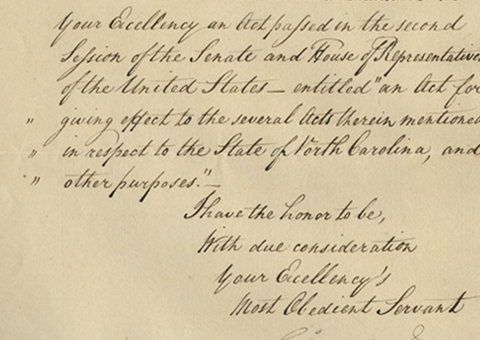Leader of the Coup That Overthrew the Native Hawaiian Government Predicts Hawaii as State


John L. Stevens proclaims "The best future interests of the United States demand that it shall become an American possession”.
An ardent imperialist, John L. Stevens was selected by President Benjamin Harrison to be U.S. Minister to the Hawaiian Islands, which were then independent (though under U.S. influence). In 1892, with Stevens’s support, a group of American businessmen in Hawaii formed an Annexation Club and plotted the overthrow of native Queen Liliuokalani...
An ardent imperialist, John L. Stevens was selected by President Benjamin Harrison to be U.S. Minister to the Hawaiian Islands, which were then independent (though under U.S. influence). In 1892, with Stevens’s support, a group of American businessmen in Hawaii formed an Annexation Club and plotted the overthrow of native Queen Liliuokalani and outright annexation to the United States.
On January 14, 1893 the Queen attempted to proclaim a new constitution restoring power to the throne and rights to the native Hawaiian people. This served as the pretext the annexationists needed. Three days later, they seized control of the Islands with the backing of American troops sent ashore by Stevens from a warship in Honolulu Harbor. The Queen yielded her throne to the "superior force of the United States of America", as the provisional government took over the palace and declared martial law. Then Stevens proclaimed Hawaii a U.S. protectorate and raised the American flag over government buildings. He wrote the State Department urging annexation, saying, "The Hawaiian pear is now fully ripe, and this is the golden hour for the United States to pluck it." President Harrison agreed and sent an annexation treaty to the Senate.
But Harrison was in his last days in power, and Grover Cleveland, who replaced him, withdrew the treaty, alarmed by the legal ramifications of American troops having invaded and overthrown the government of a foreign nation. Cleveland decided to reinstate the Queen, and he recalled Minister Stevens from Hawaii and forced him into retirement.
The following letter shows the determination, clarity of purpose and confidence of the men who made Hawaii American.
Autograph Letter Signed, 2 pages, Augusta, Maine, March 12, 1894, to noted autograph collector Harry E. Burbank. “I am confidant that at no distant day Hawaii will become a part of the United States. It is American in its sympathies and interests, its best brain and education are American, and best future interests of the United States demand that it shall become an American possession under the flag and laws of the country and people that have taken such a deep interest in the welfare and destiny of the Hawaiian Islands for more than seventy years.”
Interestingly, President Cleveland’s opposition was apparently seen as a transient, if not irrelevant, phenomenon.
The native Hawaiians enjoyed but a brief respite. On July 4, 1894, assuming eventual annexation, Sanford Dole announced the inauguration of the Republic of Hawaii and declared himself president. The Queen was forced to abdicate. Afew years later President Cleveland’s term expired and he was succeeded by William McKinley, an imperialist sympathizer, who steered annexation through Congress in 1898. Thus did Hawai become part of the United States.

Frame, Display, Preserve
Each frame is custom constructed, using only proper museum archival materials. This includes:The finest frames, tailored to match the document you have chosen. These can period style, antiqued, gilded, wood, etc. Fabric mats, including silk and satin, as well as museum mat board with hand painted bevels. Attachment of the document to the matting to ensure its protection. This "hinging" is done according to archival standards. Protective "glass," or Tru Vue Optium Acrylic glazing, which is shatter resistant, 99% UV protective, and anti-reflective. You benefit from our decades of experience in designing and creating beautiful, compelling, and protective framed historical documents.
Learn more about our Framing Services







































































































